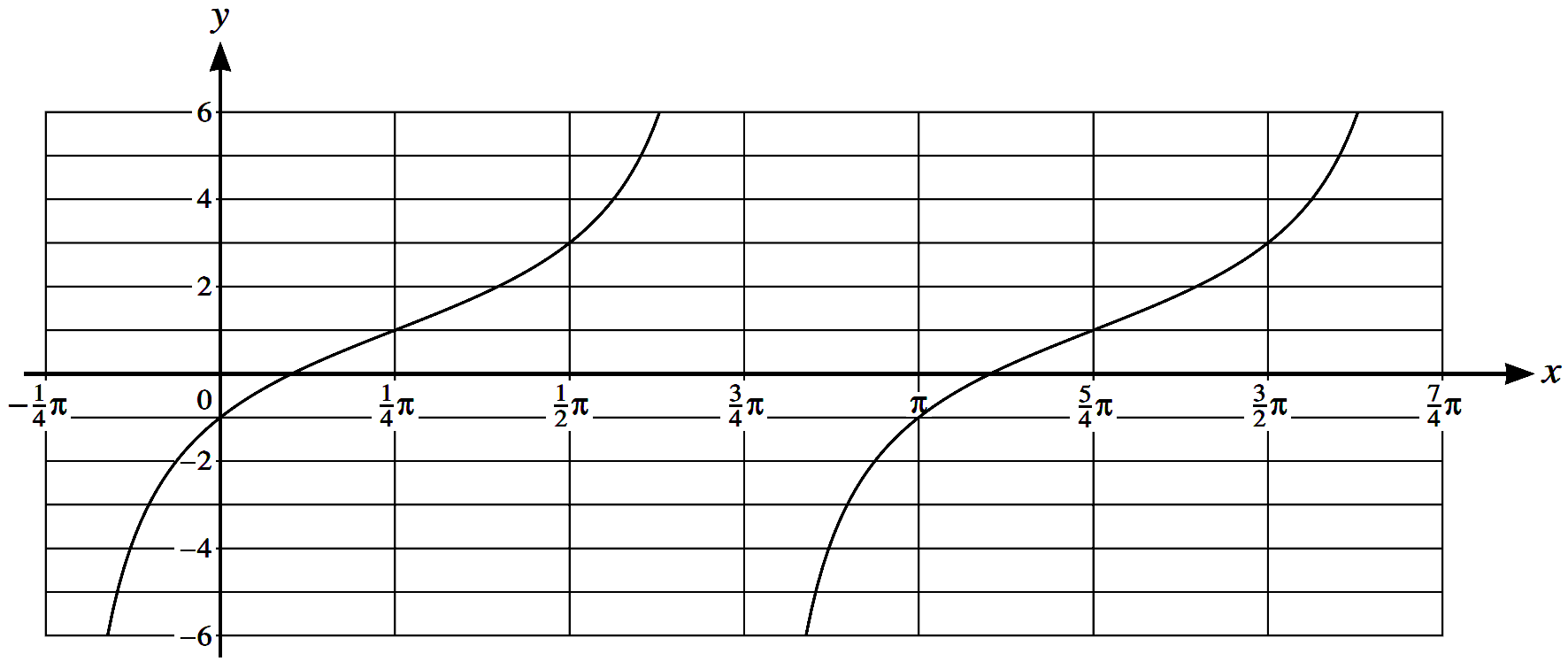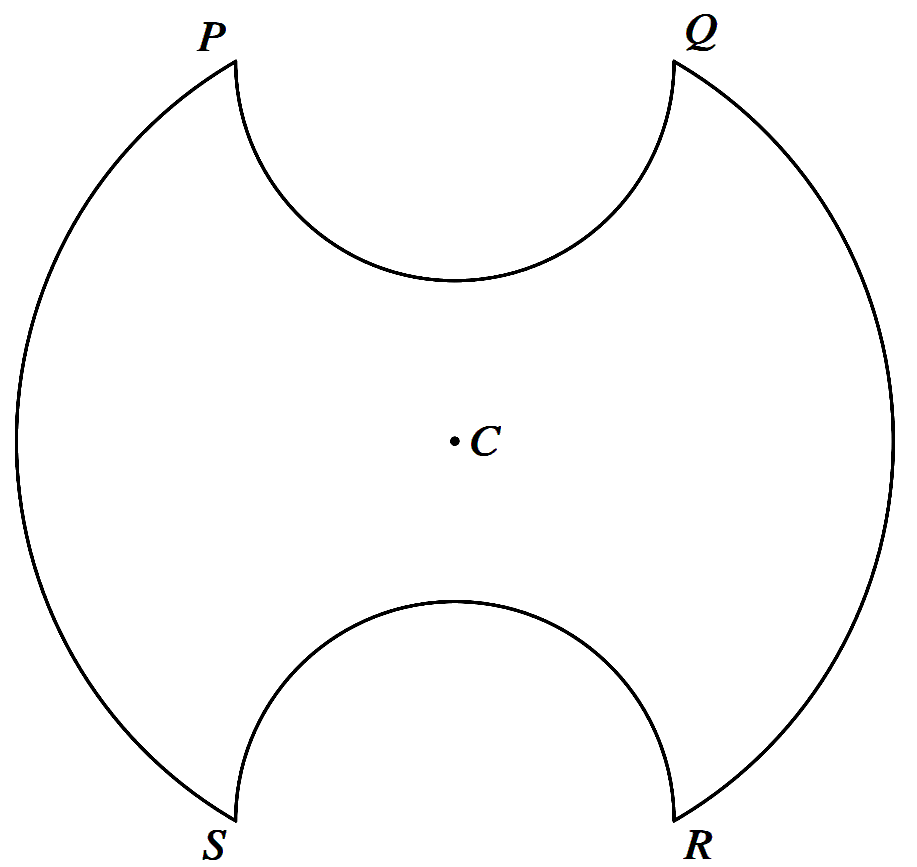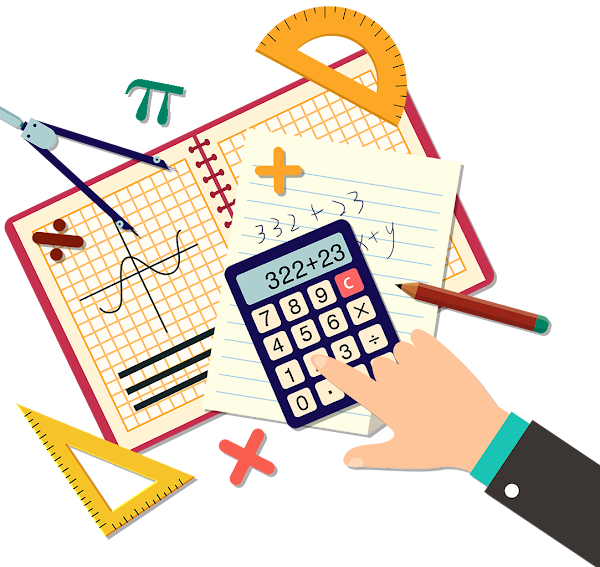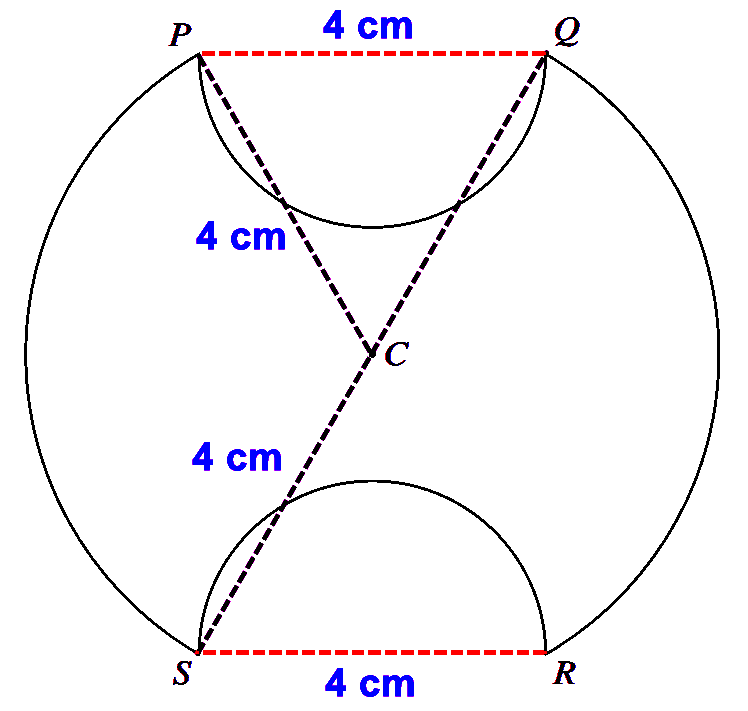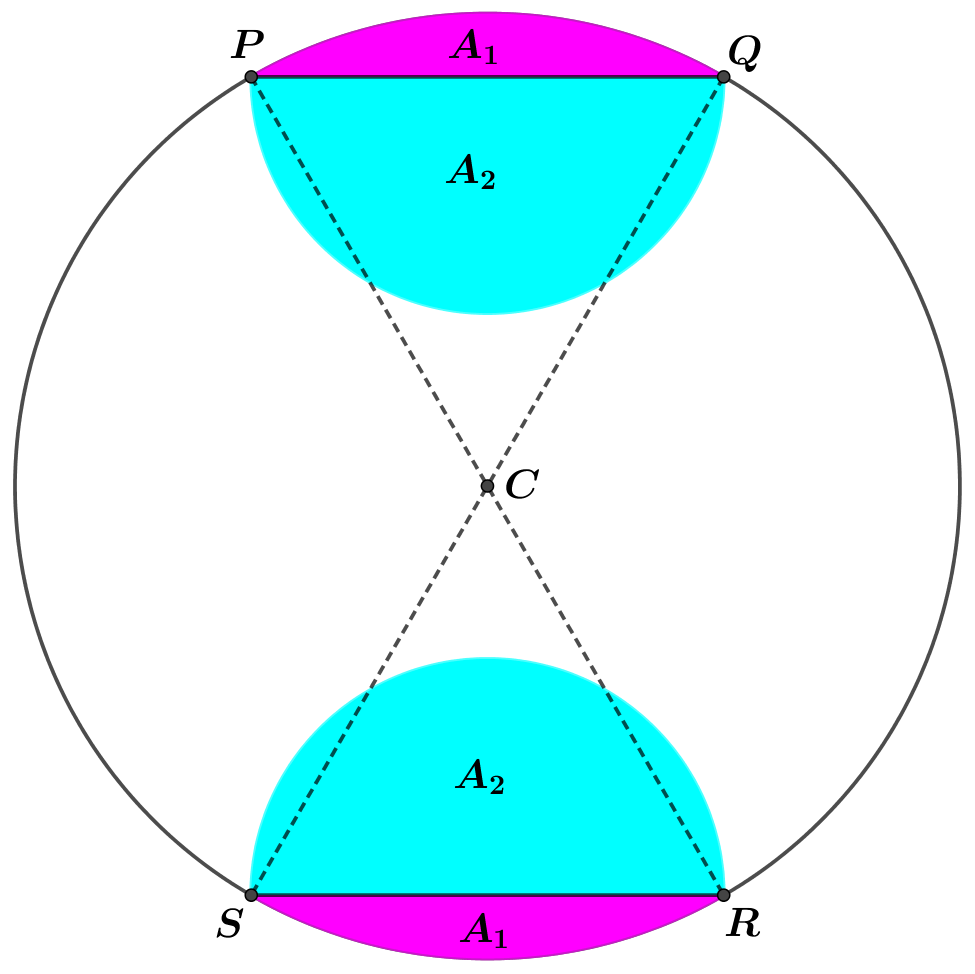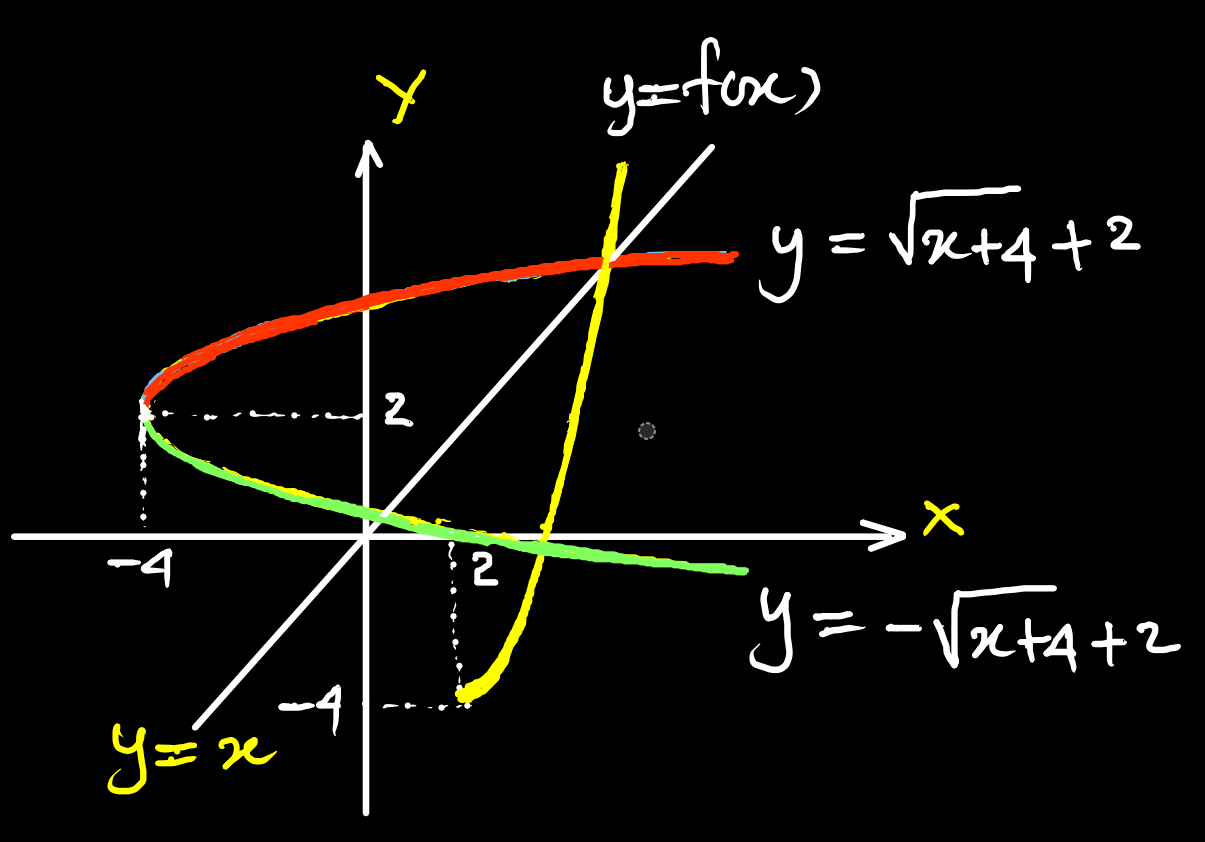-
The equation of a curve is such that $\dfrac{d y}{d x}=\dfrac{3}{x^{4}}+32 x^{3}$. It is given that the curve passes through the point $\left(\dfrac{1}{2}, 4\right)$. Find the equation of the curve. [4]
-
The sum of the first $20$ terms of an arithmetic progression is $405$ and the sum of the first $40$ terms is $1410$ .Find the $60^{\text{th}}$ term of the progression. [5]
-
(a) Find the first three terms in the expansion of $(3 - 2x)^5$ in ascending powers of $x$. [3]
(b) Hence find the coefficient of $x^2$ in the expansion of $(4 + x)^2(3-2x)^5$.[3] [4] -
The diagram shows part of the graph of $y = a \tan (x - b) + c$. Given that $0 < b < \pi$, state the values of the constants $a, b$ and $c$. [4]
-
The fifth, sixth and seventh terms of a geometric progression are $8k$, $-12$ and $2k$ respectively.Given that $k$ is negative, find the sum to infinity of the progression. [4]
-
The equation of a curve is $y = (2k - 3)x^2 - kx - (k - 2)$, where $k$ is a constant. The line $y = 3x - 4$ is a tangent to the curve. Find the value of $k$. [5]
-
(a) Prove the identity $\dfrac{1-2 \sin ^{2} \theta}{1-\sin ^{2} \theta} \equiv 1-\tan ^{2} \theta$. [2]
(b) Hence solve the equation $\dfrac{1-2 \sin ^{2} \theta}{1-\sin ^{2} \theta}=2 \tan ^{4} \theta$ for $0^{\circ} \leq \theta \leq 180^{\circ}$. [3]
-
The diagram shows a symmetrical metal plate. The plate is made by removing two identical piecesfrom a circular disc with centre $C$. The boundary of the plate consists of two arcs $PS$ and $QR$ of the original circle and two semicircles with $PQ$ and $RS$ as diameters. The radius of the circle with centre $C$ is $4$ cm, and $PQ = RS = 4$ cm also.
(a) Show that angle $PCS = \dfrac{2}{3}\pi$ radians. [2]
(b) Find the exact perimeter of the plate. [3]
(c) Show that the area of the plate is $\left(\dfrac{20}{3} \pi+8 \sqrt{3}\right) \mathrm{cm}^{2}$. [5] -
Functions $f$ and $g$ are defined as follows:
$\begin{aligned} &\\ &f(x)=(x-2)^{2}-4 \text { for } x \geq 2 \\\\ &g(x)=a x+2 \text { for } x \in \mathbb{R}\\\\ \end{aligned}$
where $a$ is a constant.
(a) State the range of $f$. [1]
(b) Find $f^{-1}(x)$. [2]
(c) Given that $a = -\dfrac{5}{3}$, solve the equation $f(x) = g(x)$. [3]
(d) Given instead that $ggf^{-1}(12) = 62$, find the possible values of $a$. [5] -
The equation of a circle is $x^2 + y^2 - 4x + 6y - 77 = 0$.
(a) Find the $x$-coordinates of the points $A$ and $B$ where the circle intersects the $x$-axis. [2]
(b) Find the point of intersection of the tangents to the circle at $A$ and $B$.
[6] -
The equation of a curve is $y=2 \sqrt{3 x+4}-x$.
(a) Find the equation of the normal to the curve at the point $(4,4)$, giving your answer in the form $y=m x+c$. [5]
(b) Find the coordinates of the stationary point. [3]
(c) Determine the nature of the stationary point. [2]
(d) Find the exact area of the region bounded by the curve, the x-axis and the lines $x = 0$ and $x = 4$. [4]
